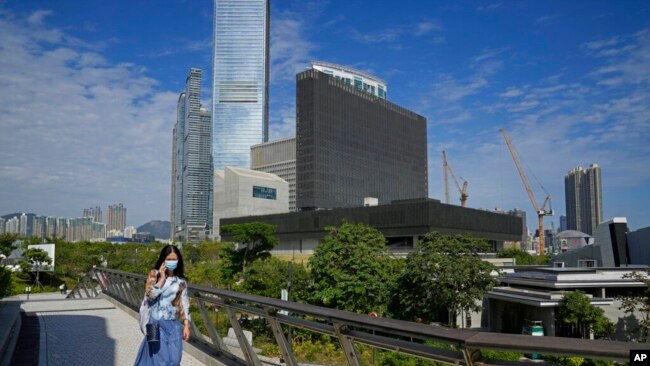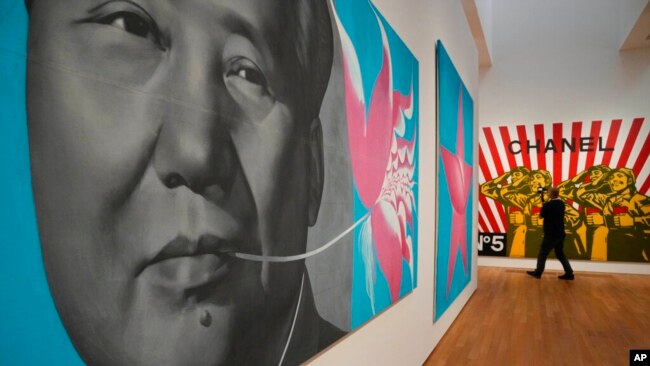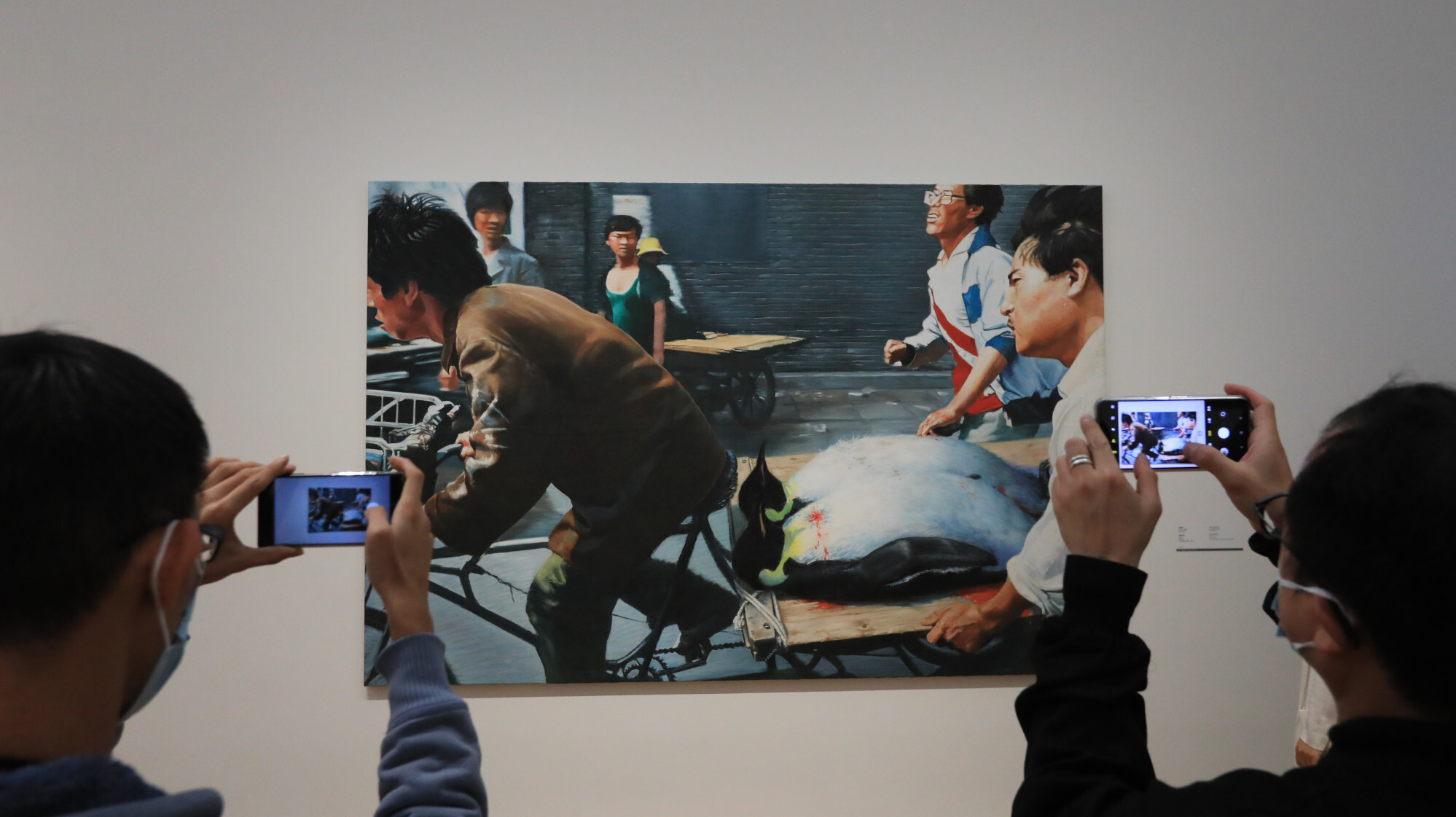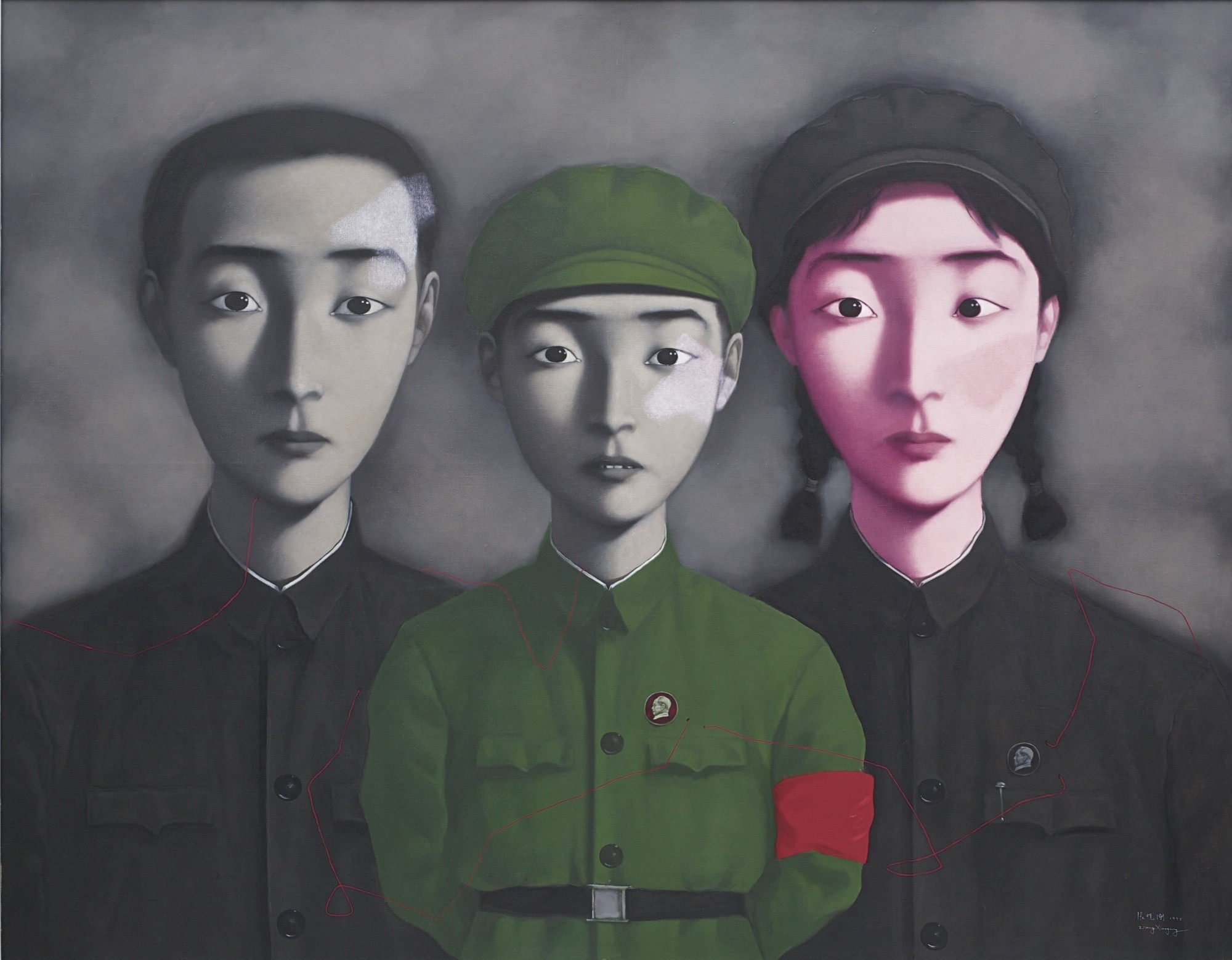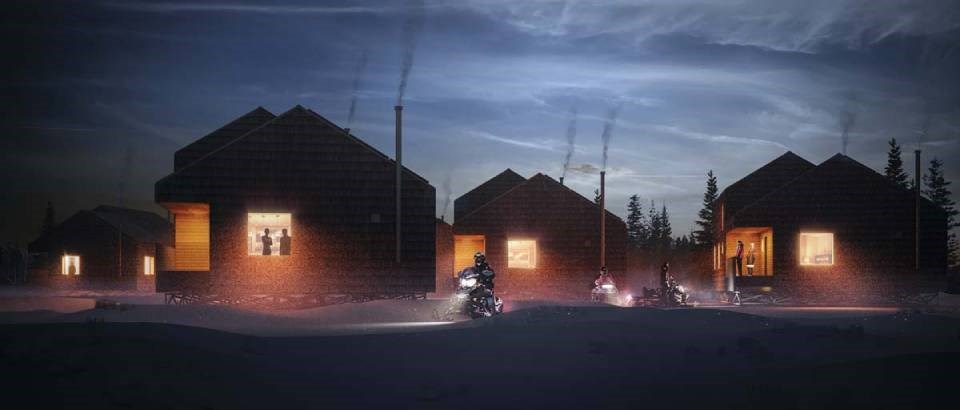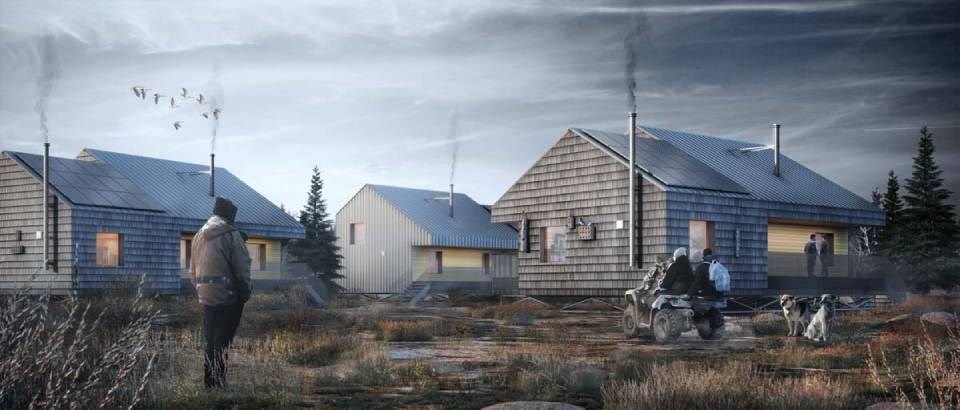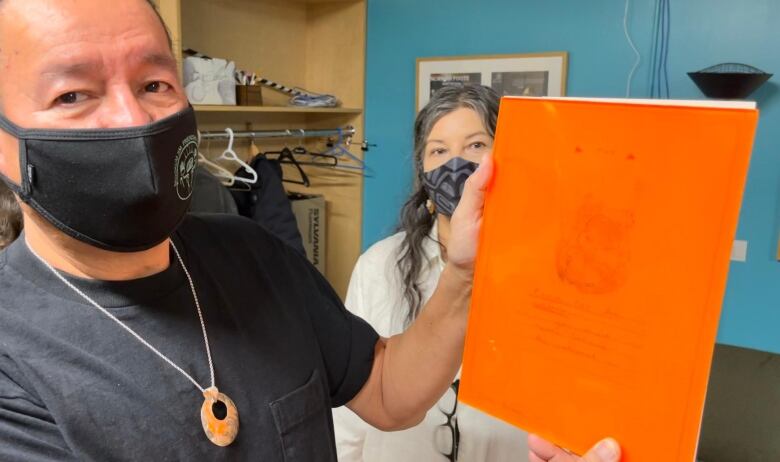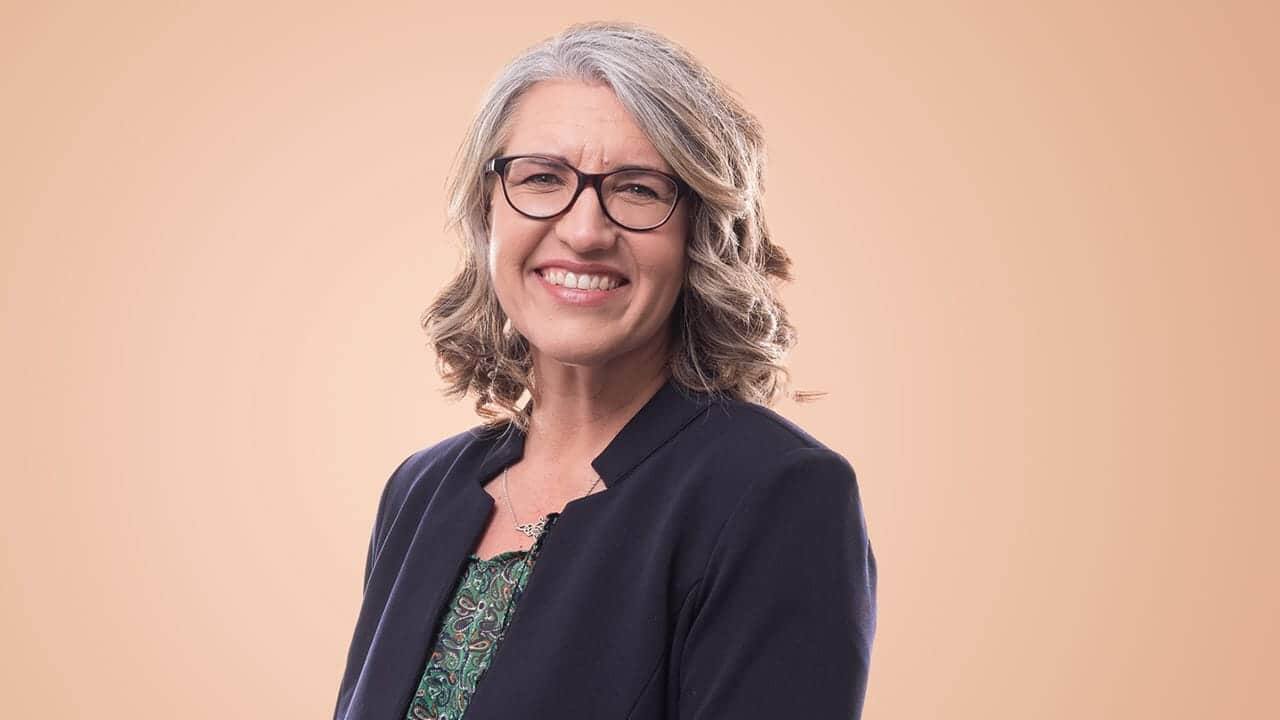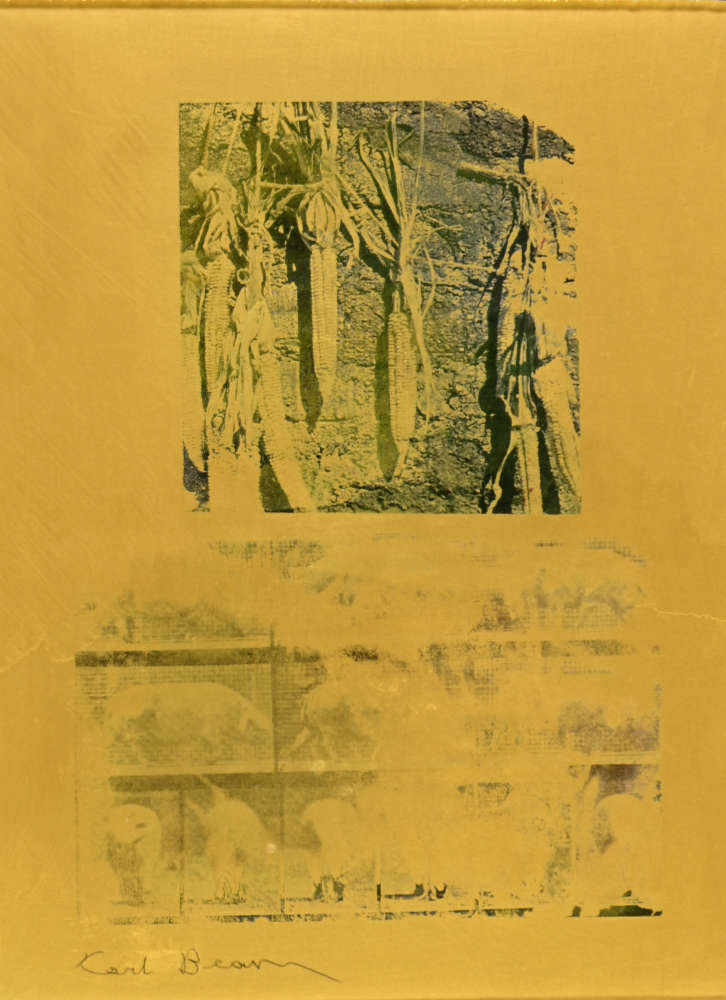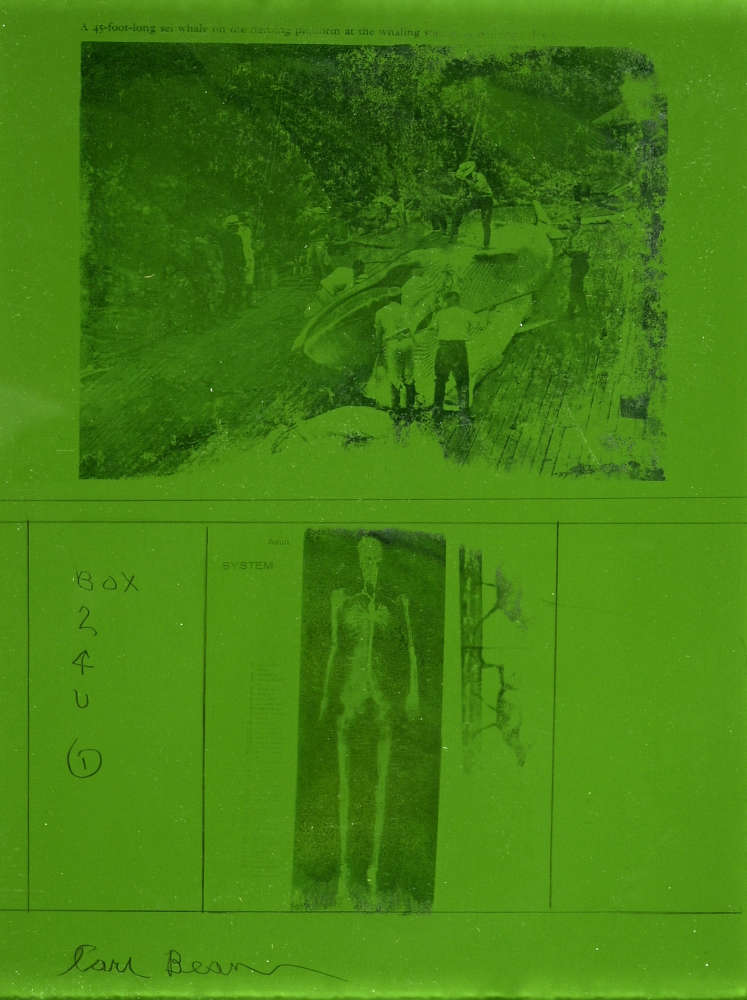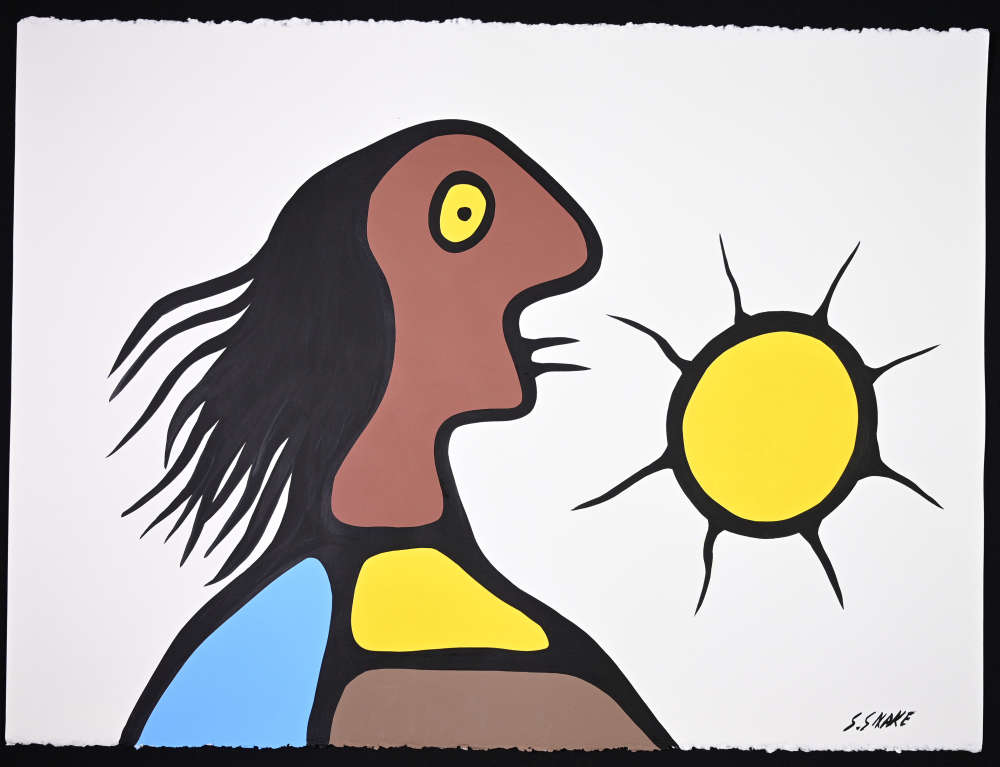$14.7 million in funding announced to fight invasive species in Alberta mountain parks
Money will be spent over 5 years on prevention and
education programs
Steven Guilbeault, federal minister of environment and climate change, announced $14.7 million in funding to fight invasive aquatic species in Alberta's national parks Saturday.
The money will be spent over five years on conservation projects in Banff, Jasper, Kootenay, Waterton Lakes and Yoho national parks.
"Aquatic invasive species are a very concerning issue, certainly here in the region as they are in many parts of Canada," said Guilbeault during a visit to Cascade Ponds in Banff National Park.
"This money will help increase surveillance and monitoring and try to ensure that we limit, if not stop entirely, the spread of these invasive species."
The funding will be used for prevention and eduction programs, and is divided for each park:
- $4.70 million for Yoho and Kootenay parks, as well as the northern part of Banff National Park
- $3.73 million for Jasper National Park
- $3.43 million for the southern part of Banff National Park
- $2.84 million for Waterton Lakes National Park
"The mountain national parks are particularly vulnerable to aquatic invasive species due to the high amount of water recreationists who visit each year," said a release from Parks Canada.
"Aquatic invasive species alter aquatic ecosystems, cause irreversible damage, impact vulnerable species at risk, and spread downstream beyond park boundaries through the interconnected river systems."
Rick Kubian, the field unit superintendent for the Lake Louise Yoho Kootenay field unit, says the first priority is not allowing species to get introduced in the first place.
"It's very expensive to remove aquatic invasive once they've taken hold," said Kubian.
He also said it's important to make sure sure visitors are aware of how they can help prevent the movement of invasive species between parks.
Whirling disease, mussels of concern for mountain parks
Parks Canada hopes to prevent a parasite that causes whirling disease, which causes skeletal deformities in some fish, such as whitefish, bull trout and cutthroat trout, from entering the ecosystems.
Invasive zebra and quagga mussels are also a concern. They take nutrients from the water, which affects the entire food web, and change water chemistry. Mussels can also clog structures such as dams, water treatment facilities and boats.
These species are often transported by people. Making sure all watercraft and recreational gear are cleaned, drained and dried before moving between bodies or water is the best way to protect against aquatic invasive species, says Parks Canada.
Mandatory policies for visitors to clean, drain and dry their boats are already in place for Kootenay, Waterton Lakes and Yoho national parks. Banff joined that list this summer.
With files from Evelyne Asselin


/https://www.thestar.com/content/dam/thestar/business/opinion/2021/12/04/anger-management-new-twitter-ceo-needs-to-make-platform-less-hostile/ceos.jpg)

